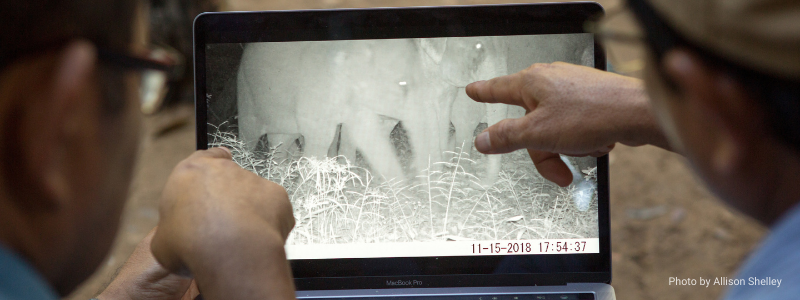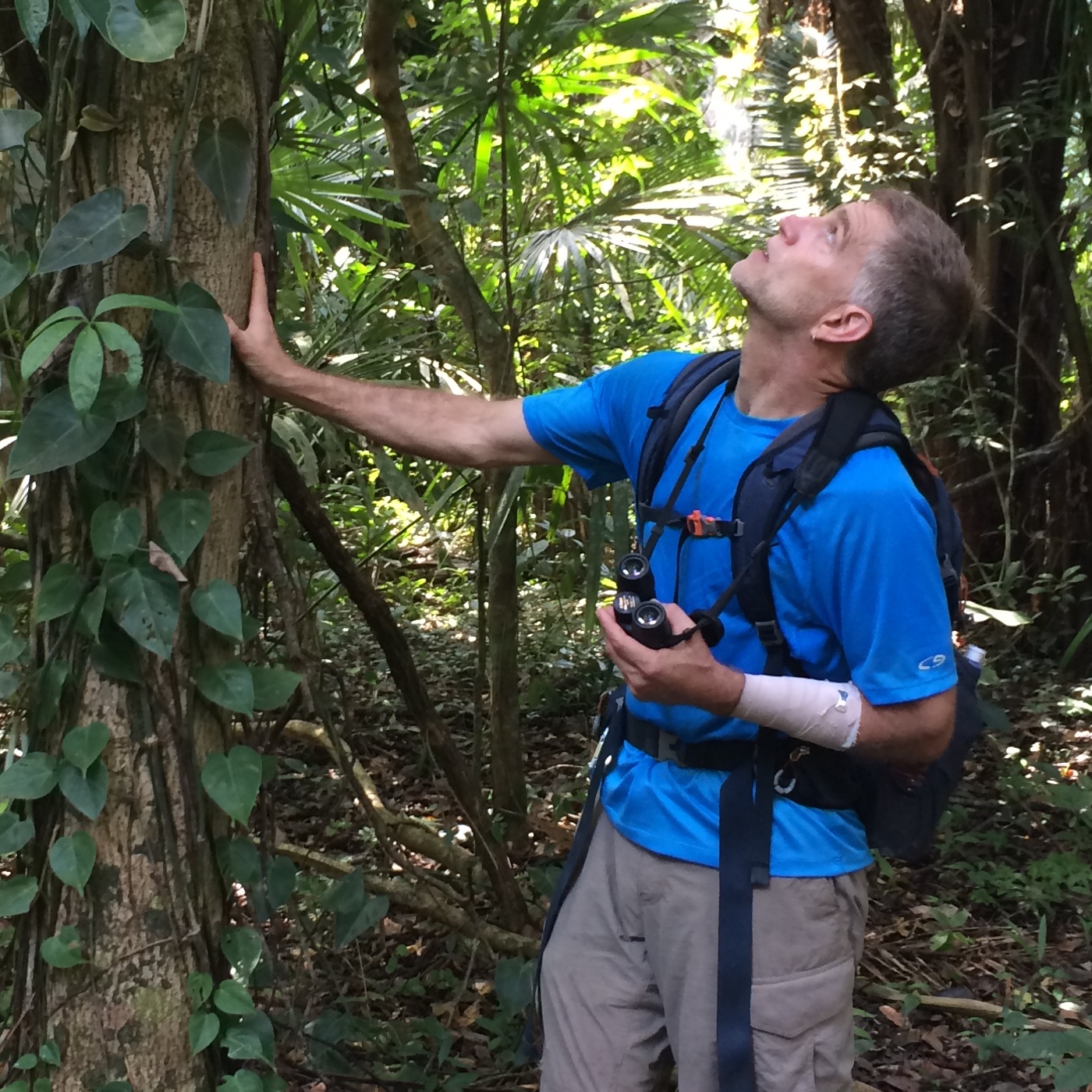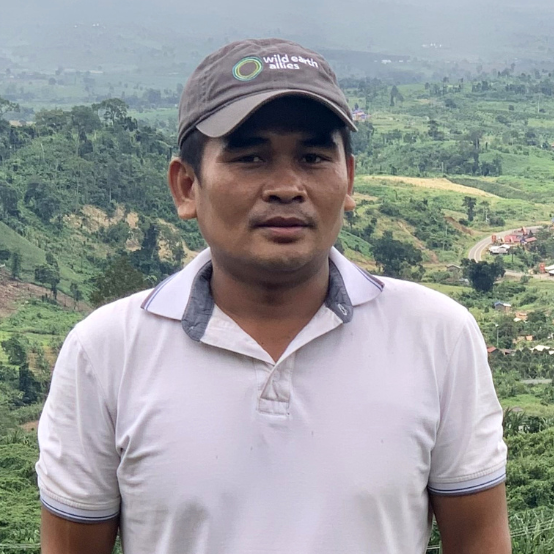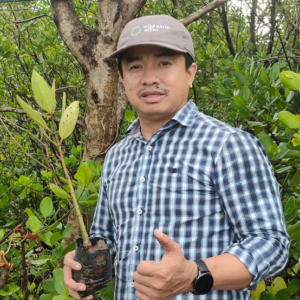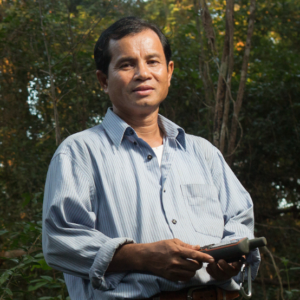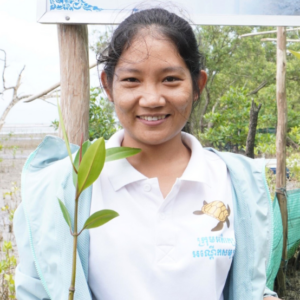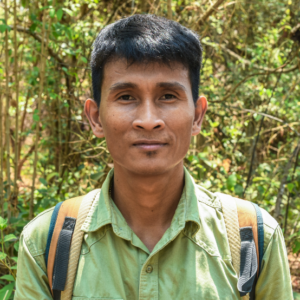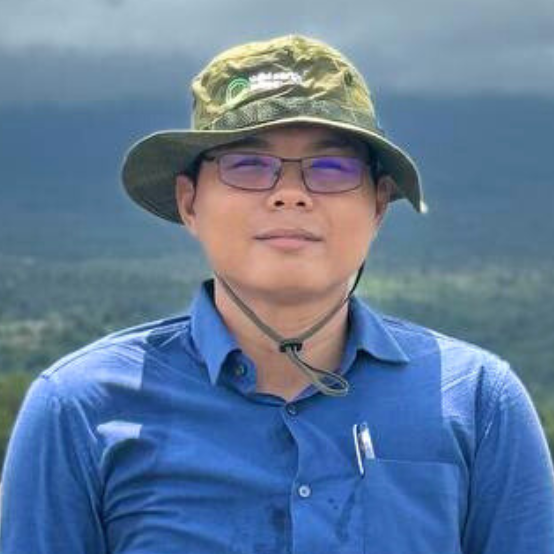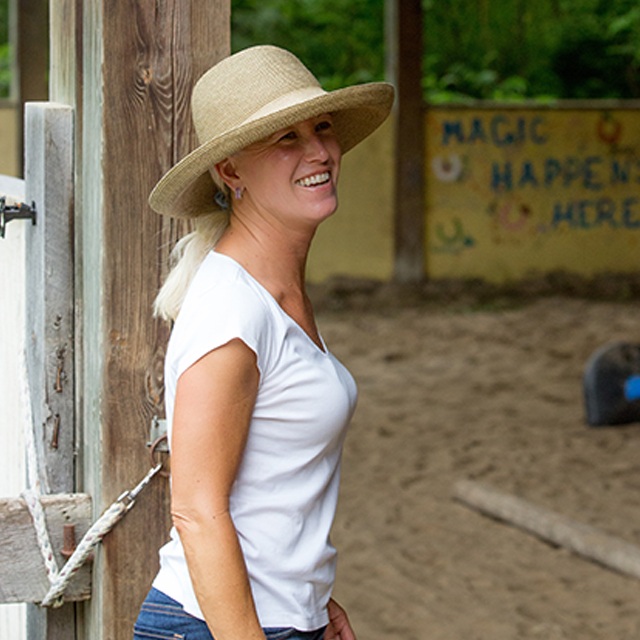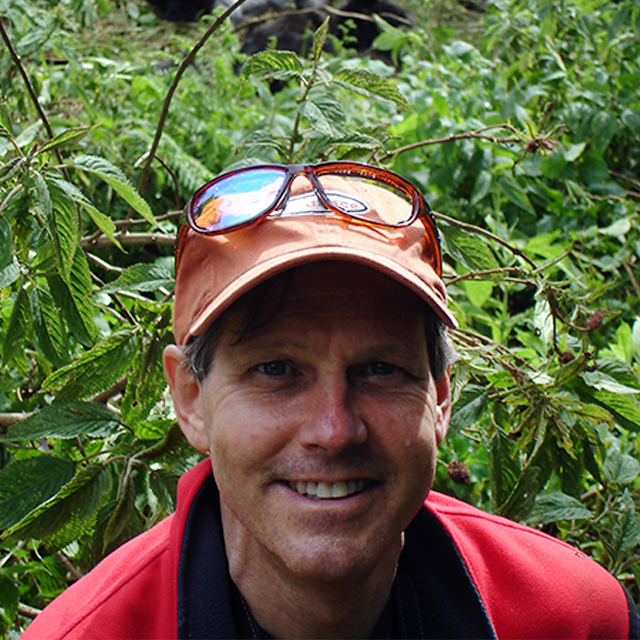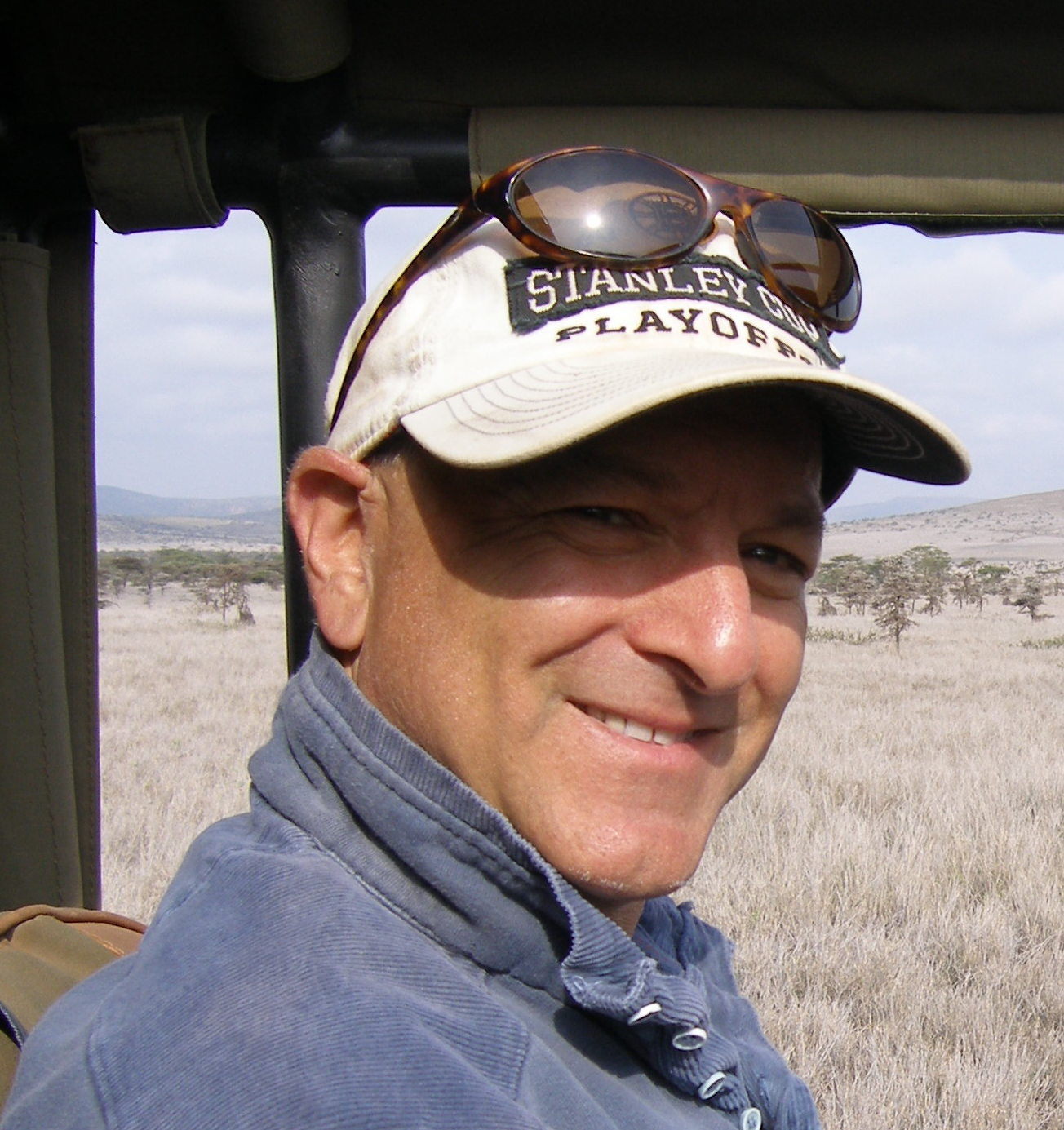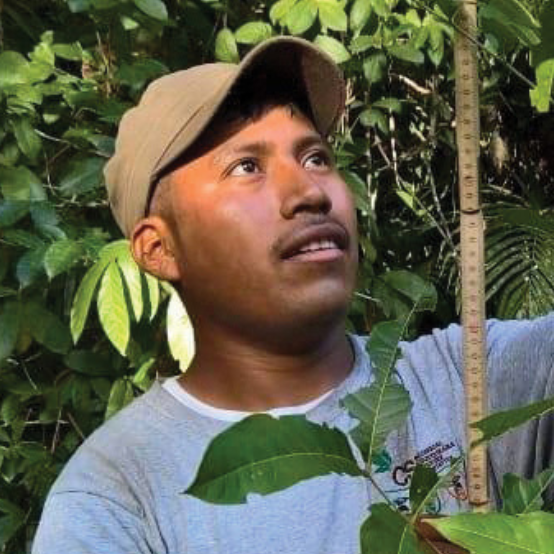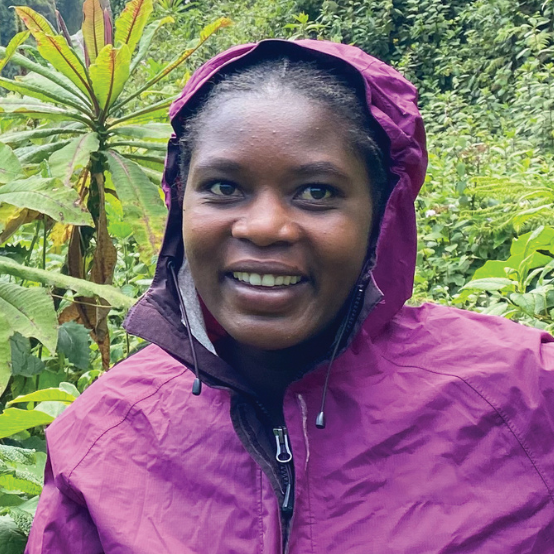In Cambodia’s forests, we have been using camera traps as a key part of our biodiversity monitoring efforts for many years.
Camera traps are an important conservation tool, as they facilitate remote monitoring of wildlife: cameras are equipped with a motion sensor, so they begin recording when there is movement—enabling teams to gather valuable wildlife footage and build insight into forest biodiversity.
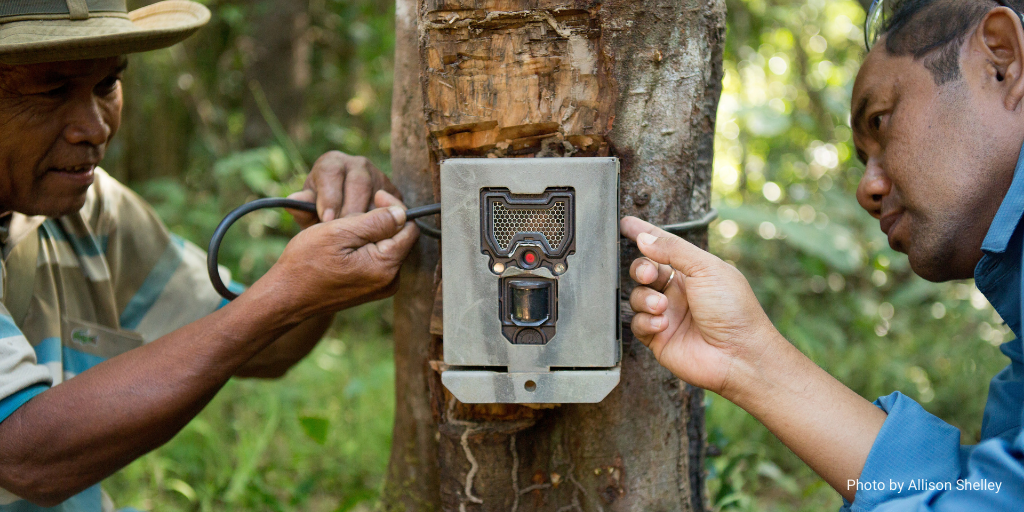
We work in two of Cambodia’s globally significant forests, Prey Lang and the Cardamom Mountains, and we use camera traps as part of our monitoring programs, which also incorporate field surveys and ranger patrols. Together, these tools allow us to better understand and protect at-risk elephant populations.
The data we collect provides information on population status, seasonal movement patterns, habitat use, demographic trends, and social group composition. With camera traps, we are assessing population structure to inform conservation strategies for Asian elephants in Cambodia.
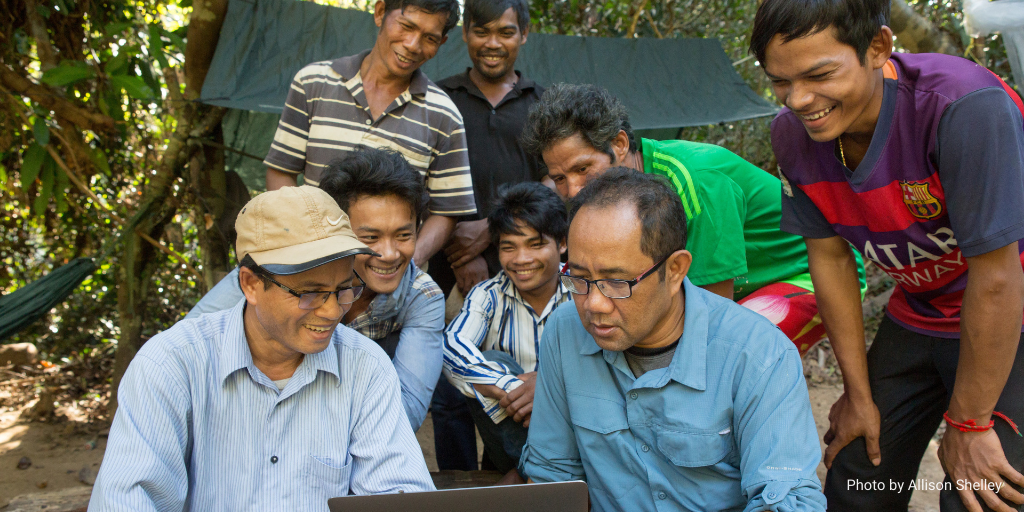 Program Coordinator Neang Thy (front left), Program Director Tuy Sereivathana (front right), and their team review video footage retrieved from camera traps at their field camp in Prey Lang.
Program Coordinator Neang Thy (front left), Program Director Tuy Sereivathana (front right), and their team review video footage retrieved from camera traps at their field camp in Prey Lang.
We are proud to share recent highlights from these wildlife monitoring efforts, which bring to life the species and habitats we work to protect.
These camera traps capture Asian elephant behavior and help us document population structure.
Here, a camera trap in the Cardamom Mountains captured footage of an adult elephant feeding during the day.
In this footage from the Cardamoms, an adult female feeds a juvenile.
In the Cardamoms, a camera trap recorded this footage of a group of elephants—including a very playful juvenile male elephant.
Here, a juvenile elephant sprays itself next to an adult in footage from the Cardamoms.
Camera traps also illustrate the important role Asian elephants play as architects of forest ecosystems.
For instance, they create pathways through dense forest: here, elephants travel along a path in Prey Lang Wildlife Sanctuary.
They also increase plant diversity by eating and spreading seeds of plants over long distances. Here, two elephants move past a camera trap after dark in the Cardamoms.
And, they dig up minerals and water that would otherwise be inaccessible to smaller wildlife. Here, an elephant digs for minerals near one of our camera traps in Prey Lang.
Many wildlife benefit from these elephant behaviors. Using camera traps, we monitor wildlife sharing habitats with elephants, including other threatened species:
Here, a camera trap in the Cardamoms recorded a group of endangered silvered langurs consuming minerals uncovered by elephants.
In Prey Lang, one of our camera traps captured footage of banteng, a species of wild cattle. Banteng are endangered, and Cambodia is critical to their survival with the largest remaining population.
To support our work to protect the endangered Asian elephant and other threatened species, please join us by making a donation.

